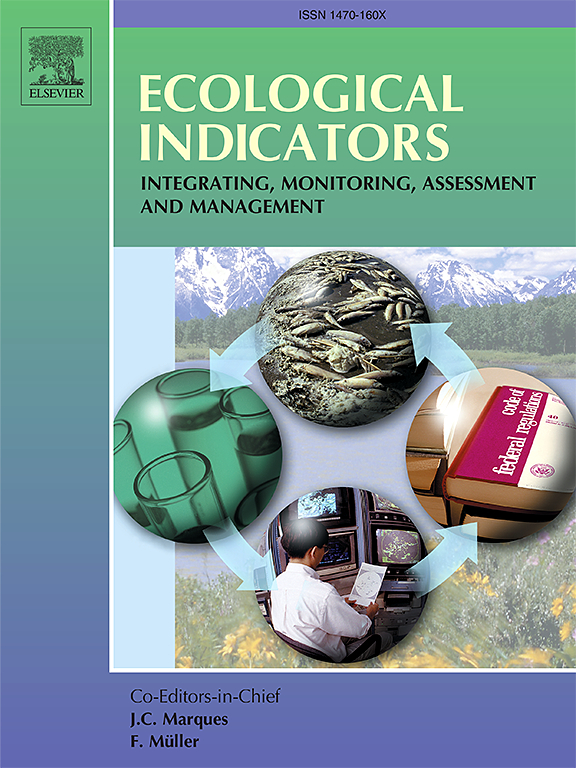Temporal analyses of global suitability distribution for fall armyworm based on Multiple factors
IF 7
2区 环境科学与生态学
Q1 ENVIRONMENTAL SCIENCES
引用次数: 0
Abstract
The fall armyworm (FAW; Spodoptera frugiperda) has been a persistent threat to global food security due to its strong migratory ability and wide range of host plants. However, most current studies on the suitability distribution of FAW focus on extracting suitable areas in specific regions on an annual basis. Consequently, research on the suitability distribution of FAW at a larger scale and with higher temporal resolution is urgently needed to provide data support for early prevention and control. This study differentiated the historical occurrence records of FAW into annual distribution points and seasonal distribution points. By integrating multi-factor environmental data, including climate, soil, topography, and vegetation, we used MaxEnt to establish annual and monthly models. The annual model extracted the annual suitability distribution of FAW worldwide. Among the nine selected environmental factors, temperature seasonality had the greatest impact on the suitability distribution of FAW, with a single-factor contribution rate of 39.87%. The monthly models analyzed the inter-monthly variations in the global suitability distribution of FAW from January to December. The results indicated that FAW’s suitability was highest in July and lowest in March. Under the dominant influence of dynamic environmental factors such as temperature, precipitation, and vegetation index, the expansion and contraction of FAW’s suitability distribution corresponded with seasonal changes, exhibiting significant seasonal fluctuations. Our results can provide FAW control personnel with more practical references for formulating preventive strategies in advance, helping to prevent the potentially incalculable damage FAW could cause to crops in invaded areas.
求助全文
约1分钟内获得全文
求助全文
来源期刊

Ecological Indicators
环境科学-环境科学
CiteScore
11.80
自引率
8.70%
发文量
1163
审稿时长
78 days
期刊介绍:
The ultimate aim of Ecological Indicators is to integrate the monitoring and assessment of ecological and environmental indicators with management practices. The journal provides a forum for the discussion of the applied scientific development and review of traditional indicator approaches as well as for theoretical, modelling and quantitative applications such as index development. Research into the following areas will be published.
• All aspects of ecological and environmental indicators and indices.
• New indicators, and new approaches and methods for indicator development, testing and use.
• Development and modelling of indices, e.g. application of indicator suites across multiple scales and resources.
• Analysis and research of resource, system- and scale-specific indicators.
• Methods for integration of social and other valuation metrics for the production of scientifically rigorous and politically-relevant assessments using indicator-based monitoring and assessment programs.
• How research indicators can be transformed into direct application for management purposes.
• Broader assessment objectives and methods, e.g. biodiversity, biological integrity, and sustainability, through the use of indicators.
• Resource-specific indicators such as landscape, agroecosystems, forests, wetlands, etc.
 求助内容:
求助内容: 应助结果提醒方式:
应助结果提醒方式:


